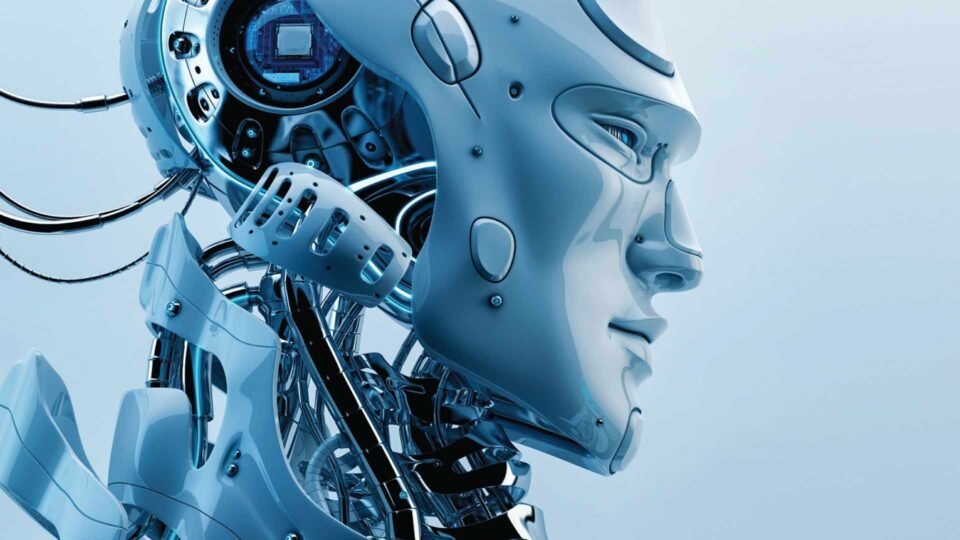FlowIO, a development platform that allows researchers across the globe to quickly and easily create “soft” robots, has earned a team at the Massachusetts Institute of Technology (MIT) the Grand Prize of $25,000 in the 2022 Create the Future Design Contest, produced by SAE Media Group.
Soft robotics is expected to grow into a multibillion-dollar market. Featuring flexible bodies and electronics, these compliant robots are safer than rigid metal machines when working in close contact with humans. Their development could lead to superior prosthetics, new wearable devices, and edible robots that deliver medicine to targeted parts of the body. Nimble climbing robots could be used in applications such as search and rescue missions and building inspection.
“I feel honored and excited to be the winner of the Create the Future Grand Prize award,” said Ali Shtarbanov, inventor of FlowIO Platform. “It serves as validation that the journey I have been on for many years – of creating a future where prototyping & innovation in emerging fields is more rapid, seamless, and accessible to everyone – is a journey worth pursuing.”
The platform, Shtarbanov says, “allows researchers, engineers, artists, and makers of all backgrounds to focus on the actual projects or applications they are trying to create without having to deal of the hardware and software complexities required to make those projects a reality.”
Engineers and students from 56 countries submitted new product ideas to the contest, which was established in 2002 to recognize and reward engineering innovations that benefit humanity, the environment, and the economy. This year’s contest was co-sponsored by COMSOL (www.comsol.com) and Mouser Electronics (www.mouser.com). Analog Devices and Intel were supporting sponsors.
“As society is facing major challenges that can impact our way of life for generations to come — such as climate change, energy shortages, and global health crises — innovators are stepping up to deliver solutions and a better tomorrow for all of us,” said Bernt Nilsson, Senior VP of Marketing at COMSOL, Inc. “The Create the Future Design Contest provides a platform for these ideas and the people behind them, creating awareness and accelerating the adoption of new products and technologies. COMSOL is proud to support design innovators and their important work by sponsoring the Create the Future Design Contest.”
“Congratulations to this amazing group of winners and to all who entered this year’s contest,” said Kevin Hess, Mouser Senior Vice President of Marketing. “Part of Mouser’s mission is fostering technical innovation, and we’re proud to support this global design contest that celebrates incredible creativity and insight into the future of technology.”
In addition to the grand prize, first-place winners were named in seven categories and received workstation computers courtesy of HP and NVIDIA.
Aerospace & Defense
The Well-Dressed Spacecraft: Electronic Textile Enhanced Thermal Blanket as Debris (and Cosmic Dust) Sensor
Vibration-sensitive piezoelectric fibers and impact plasma charge-sensing conductive pile-fabric, or “spacecraft fur!” The team anticipates that fabric sensors, typically used for consumer wearable applications, will soon take on an essential role within the skins of our future space-based assets.
Juliana Cherston, Wei Yan, Grace Noel, Yuchen Sun, David Veysset, Steve Kooi, Syamantak Payra, Irmandy Wicaksono, Hajime Yano, Yoel Fink, and Joseph Paradiso
MIT, Cambridge, MA, USA
Automotive/Transportation
Betterfrost Ultra-low Energy Defrost & Defog System
Betterfrost’s solution defrosts and defogs EVs’ windshields with 20 times less power than current technology and extends the range of an EV by 38 km on an average commute in winter.
Derrick Redding
Betterfrost Technologies, Ontario, Canada
Consumer Products
Green Screen
An urban noise and building envelope with built-in roof drainage system and with a low carbon footprint.
Tim Larsen
TL-Engineering, Virum, Denmark
Electronics/Sensors/IoT
RF Fingerprinting for Industrial IoT Security
Wireless Intrusion Detection System (WIDS) is based on a new technology which sees a naturally occurring fingerprint in every wireless signal. It uses the polarization of a signal as a unique and stable identifier.
Page Heller
Endpoint Security Inc., College Station, TX, USA
Manufacturing/Robotics/Automation
Large-scale 3D Printing with Tubes
In nature you often find tubular structures where high strength to weight ratios and efficient material use are required. This pioneering tube 3D printing process uses that same idea to print large strong parts with minimal materials and no assembly required.
Hadley Brooks, Nick Hopkins, and Ruben Janse van Vuuren
University of Central Lancashire, Preston, UK
Medical – sponsored by Zeus (www.zeusinc.com)
The Novel Squid Glaucoma microShunt
Current glaucoma drainage devices (GGDs) have major drawbacks. The less invasive Squid Glaucoma microShunt (SGS) implant would make early surgical intervention an option to wider sections of the glaucoma population with presumably better outcomes, thus preventing blindness.
Karanjit Kooner, Orlando Auciello, Walter Voit, and Yanliang Zhang
University of Texas Southwest Medical Center, Dallas, TX, USA
Sustainable Technologies/Future Energy
SUNPave: Tomorrow’s Energy Today
New proprietary solar panel technology that generates as much energy as existing solar PV panel technology at 10-15% less cost of energy.
Muhammad Rashad
SUNPave, Newark, DE, USA
Finalists were selected by senior editors at SAE Media Group and judged by an independent panel of design engineers. For more information, visit www.createthefuturecontest.com.
Visit AITechPark for cutting-edge Tech Trends around AI, ML, Cybersecurity, along with AITech News, and timely updates from industry professionals!

